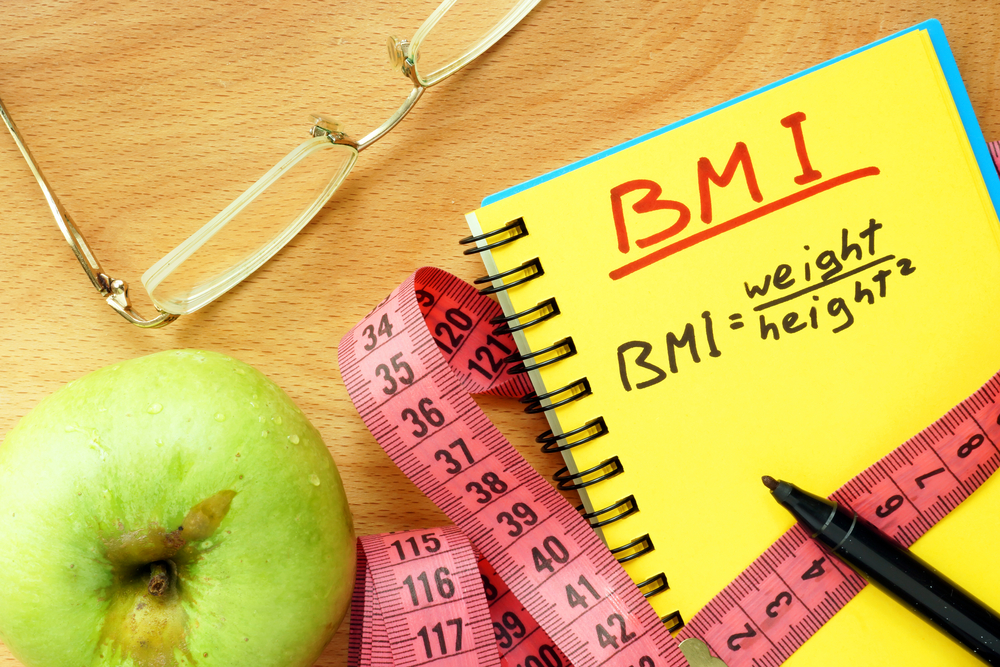Written by Emma Penrod
Kitchen cleaning? You might be tempted to purge your pantry. But if you refer exclusively to the package label, you could be wasting food—and money.
According to the USDA, the expiration date that might prompt you to throw food away isn’t actually an accurate measure of when food is no longer safe to eat. Before you toss anything away based on the a posted date alone, take a closer look at the label. If it says “use-by,” discard after the posted date. But if it says “sell-by” or “best if used by,” look for other indicators to be sure the food has spoiled; these are measurements of full product quality, not safety.
Some indicators are obvious—no one likes eating moldy bread. Your bread, dairy, fruits and veggies are unlikely to surprise you. When these things go bad, you know. Likewise, you should throw out any products that have molded, developed an off-putting odor, or become infested with insects.
Other signs, however, aren’t so blatant.
Shelf-stable food products can be deceptive. Take vinegar, for example. Most vinegars will become cloudy over time. Despite this discoloration, their shelf life is nearly indefinite. No need to toss anything here. Spices, on the other hand, rarely show signs of spoilage. For best results, they should retire after a number of years, depending on the spice. Old spices are probably still safe to eat, but they may not bring their full flavor while cooking. Ground spices should be retired after three or four years; some dried herbs, on the other hand, may lose their flavor in as little as a year.
Other foods with indefinite shelf life:
- Frozen foods: meats, veggies, etc. These are good to eat so long as they remain frozen; however, the quality of some products will degrade after a year.
- Bottled water.
- Honey. It will crystalize over time, but you can melt it into a liquid again by placing the honey jar in a container of warm water. With a stir or two, the heat will restore the honey to its original form.
- Pasta.
- White rice.
- Oats. The texture may change slightly, but these are safe to eat so long as they are kept dry.
- Sugar.
- Salt.
Long-lasting items that will go bad:
- Olive oil. It will last up to two years if stored in a cool, dry place, but it will go rancid eventually. Cloudiness is not an indicator that the oil has spoiled.
- Peanut butter. It will last for several months, and even longer if refrigerated, but eventually the oil will separate.
- Brown Rice. Because of its high oil content, brown rice will spoil within a few months if not refrigerated or frozen.
- Wheat flours. These will dry out and lose their flavor over time. Refrigerate or freeze for best results.
Cheap storage tricks for perishables:
- Raw eggs can be frozen for up to a year after the expiration date. Just be sure to remove the shells before freezing them; otherwise, the shells will burst.
- Milk can also be frozen, though it isn’t recommended to drink thawed milk. Low-fat and skim milk products generally fare better.
Want more information on a specific item not listed here? Check out www.stilltastey.com.




No Comment